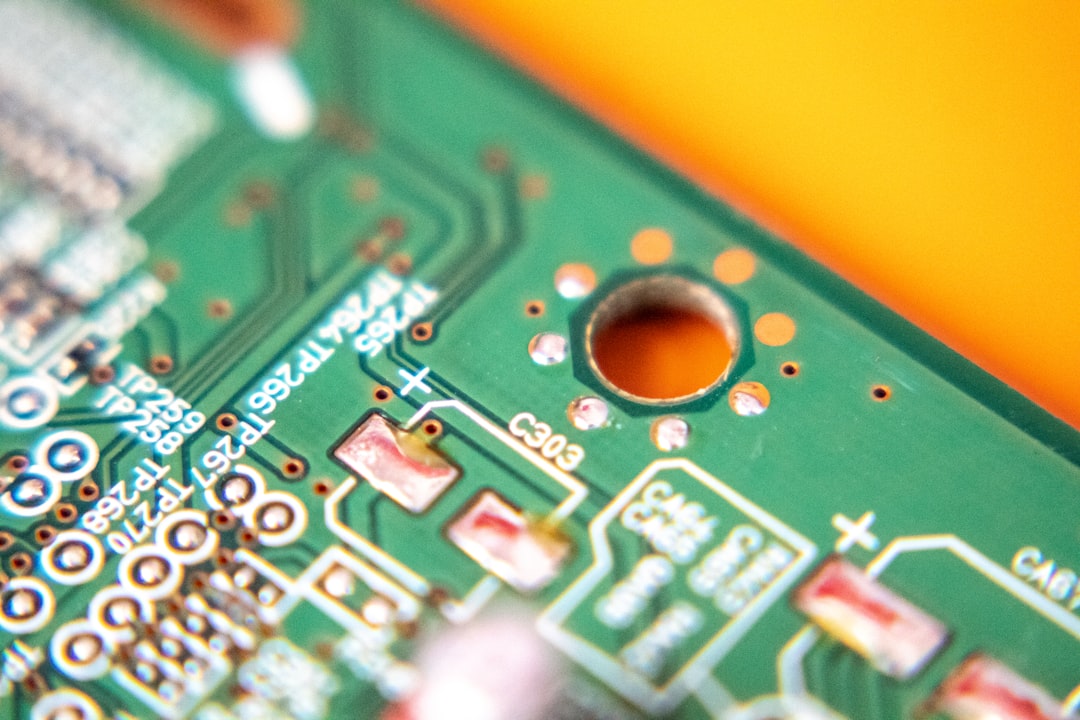What is it about?
Visible light communication (VLC) has recently gained significant academic and industrial attention. VLC has great potential to supplement the functioning of the upcoming radio-frequency (RF)-based 5G networks. It is best suited for home, office, and commercial indoor environments as it provides a high bandwidth and high data rate, and the visible light spectrum is free to use. This paper proposes a multiuser full-duplex VLC system using red-green-blue (RGB), and white emitting diodes (LEDs) for smart home technologies. It utilizes red, green, and blue LEDs for downlink transmission and a simple phosphor white LED for uplink transmission. The red and green color bands are used for user data and smart devices, respectively, while the blue color band is used with the white LED for uplink transmission. The simulation was carried out to verify the performance of the proposed multiuser full-duplex VLC system. In addition to the performance evaluation, a cost-power consumption analysis was performed by comparing the power consumption and the resulting cost of the proposed VLC system to the power consumed and resulting cost of traditional Wi-Fi based systems and hybrid systems that utilized both VLC and Wi-Fi. Our findings showed that the proposed system improved the data rate and bit-error rate performance, while minimizing the power consumption and the associated costs. These results have demonstrated that a full-duplex VLC system is a feasible solution suitable for indoor environments as it provides greater cost savings and energy efficiency when compared to traditional Wi-Fi-based systems and hybrid systems that utilize both VLC and Wi-Fi.
Featured Image
Why is it important?
In this paper, a multi-user full-duplex VLC system is proposed which supports multi-userfull-duplex communication. The main contributions of this paper are as follows: 1) A multi-user full-duplex VLC system is proposed. 2) The system is capable of handling both user devices and smart devices. 3) The downlink section of the system separates the data based on the type of user. A red light is used to transmit user data while green light is used for smart device data. Asymmetrically clipped optical orthogonal frequency-division multiplexing (ACO-OFDM) is used as the modulation scheme to cater to multiple users and minimize interference. 4) A resource allocation scheme is also implemented to efficiently assign resources during downlink transmission. 5) The uplink section of the system uses blue light to transmit both user and smart device data. The modulation scheme used is on-off keying (OOK). 6) Pulse amplitude modulation (PAM)-OOK is used to efficiently assign resources during uplink transmission. 7) The performance of the system is analyzed and an in-depth cost-power evaluation is provided to test for feasibility. 8) The proposed system is compared with other available systems such as traditional Wi-Fi and hybrid VLC-Wi-Fi implementations.
Perspectives
Writing this article was a great pleasure as it has co-authors with whom I have had long-standing collaborations. More than anything else, and if nothing else, I hope you find this article thought-provoking.
Dr Muhammad Tabish Niaz
Sejong University
Read the Original
This page is a summary of: Power Consumption Efficiency Evaluation of Multi-User Full-Duplex Visible Light Communication Systems for Smart Home Technologies, Energies, February 2017, MDPI AG,
DOI: 10.3390/en10020254.
You can read the full text:
Resources
Contributors
The following have contributed to this page










